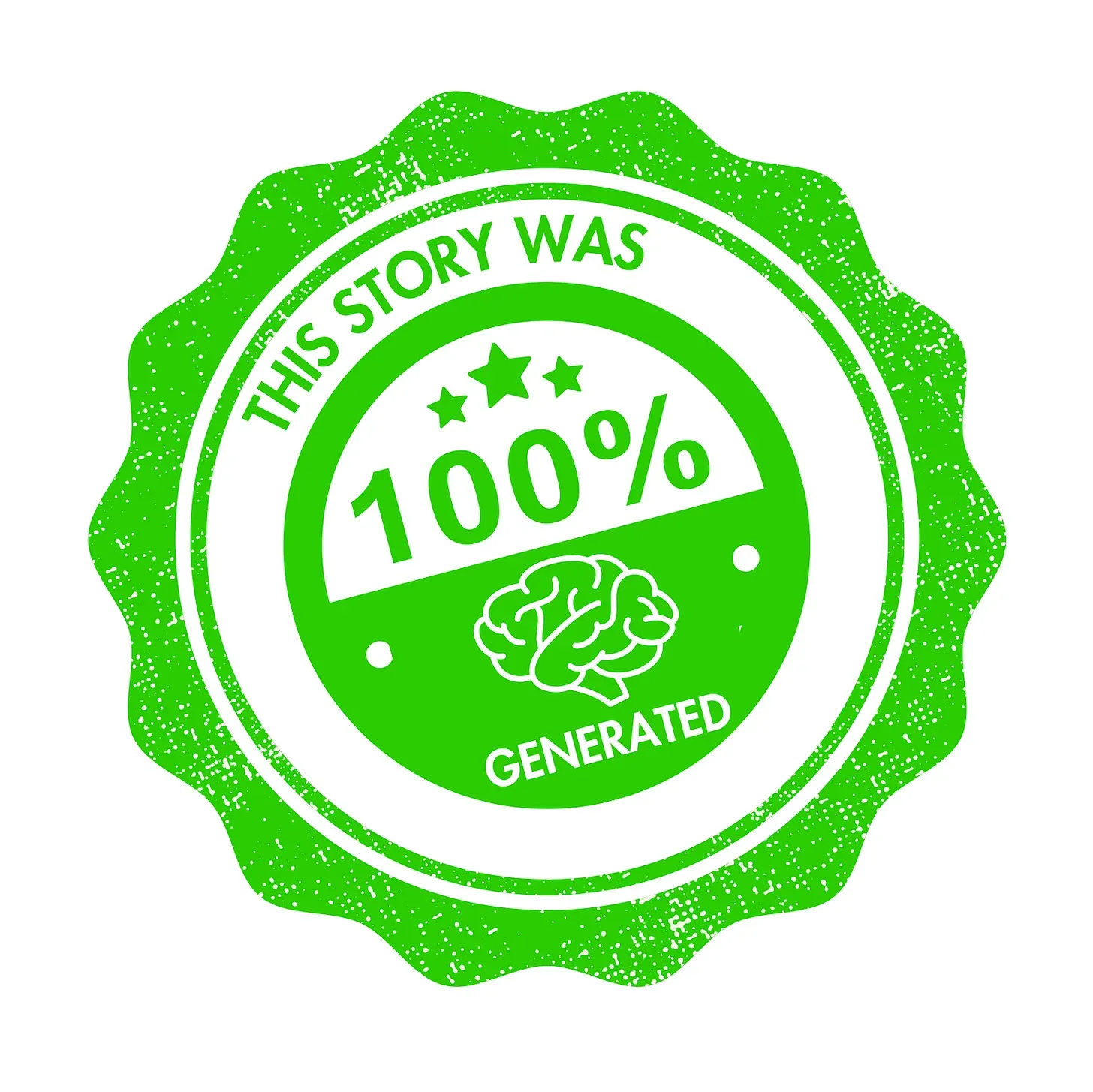Don’t Lose Your Voice to AI
2 writing tactics you can apply today
Hi friend,
How are you? I hope you’re doing great.
These days, I bet you’re seeing this conflicting split-screen, too.
Bloomers vs. doomers.
Everywhere you look, you see people around you and companies singing the praises of AI for cutting time in half and producing quality content at a fraction of the cost.
This triggered a wave of recent job cuts.
That ease of use was also reflected in LinkedIn’s reporting, which showed a 45% increase in job applications over the past year, with 11,000 applications per minute.
And according to Gartner, 1 in 4 applicants will be fake by 2028.
Trust is at all times low when machines are not just delivering but also “thinking.”
Turn your head to the other side, and you’ll find warning voices, such as Anthropic CEO Dario Amodei, who predicted that AI could eliminate up to 50% of all entry-level, white-collar office jobs within the next one to five years.
Add to that studies from Microsoft and Carnegie Mellon University that indicate that over-reliance on AI could lead to a decline in critical thinking, cognitive abilities, and decision-making skills.
You’re left with damn if you do, damn if you don’t.

How I tackle it
Here are two writing tactics I use. You may have others.
And of course, I’m only talking about writing projects where you need to convey a personal or professional message.
It could be for a prospect, investor, job ad, a colleague, your community, etc.
1. Disconnect: Create your own AI-free protected sanctuary
Designate AI-free writing activities where you’re 100% using your brain to produce stories.
Using AI for research is fine to uncover blind spots.
In my case, for the past seven years, this newsletter has been my sanctuary. Find out about my “slow cooking” approach to writing the stories you read here every week:
When you use your own writing style, grammatical errors, and even sometimes spelling errors, as long as there is value, your personal voice will easily come across.
I liken it to the popularity of authentic YouTube or TikTok videos compared to professionally produced 30-second commercials.
I covered this in:
Largely speaking, unique content with rough edges brings to life more meaningful stories.
Substack is another great use case of writers at all levels and notoriety sharing stories they are deeply connected to. And when you write with passion, it shows.
Thanks for being here. Want more?
2. Augment: If you use AI to write, take the driving seat
Follow these 5 steps:
Set the stage: Realize you’re the choreographer, so give your chatbot an identity. Define what character it plays in your story. For example, “you’re a CMO of a fintech startup.”
Provide context or plot for the assignment.
For example, “you’re a CMO of a fintech startup, write a cold email to a CTO in a similar fintech company to explore partnership opportunities. Add relevant market research stats regarding relevant gaps, and use an educational, friendly tone. Finish with a meeting call-to-action.”
In short, you should cover: who the chatbot is, what it does, to whom it writes, and what to include.Test your draft: Now that you provided context, enter your first draft in your own language with the key elements you’d like to include in the message.
Optional: Before you enter your draft, for even more refinement, you can also ask the chatbot to ask you questions to learn more about your needs. You may find this approach similar to when you run Deep Research on ChatGPT.
Make sure you answer each question carefully to ensure optimal results and uncover angles you never considered.Tinker with the results: Never settle for the first result. Continue to probe the chatbot to make adjustments in tone, story structure, length, and CTAs.
Add your voice: Review several versions, and once you choose the best one, make your own final tweaks with your own personal expressions and writing style to retain your voice.
Tip: to avoid starting from zero, you can create a Custom GPT where you train the AI with data about your writing style.
You’ll have closer results to your style right off the gate.
Verify details: Lastly, ensure your message covers what you want your recipient to know, think, feel, and do. And it goes without saying, always double-check any data you receive to avoid inaccuracy.
Final word of caution: avoid including any sensitive data and always use AI in a temporary chat mode.
People these days can recognize AI-generated text a mile away. It’s too plasticky, with no soul; visually, it often comes with a lot of bolded text and emojis.
If you can balance between these two tactics, your stories will continue to shine, bringing to life your unique brand narrative and engaging people you never thought were possible.
What tactics are you using?
See you next time!
Best,
- Shlomi
Shlomi Ron
Founder, Visual Storytelling Institute
story > visual > emotion > experience
shlomi@visualstorytell.com
Loved this story? Take your visual storytelling skills to the next level by upgrading to a paid subscription as a Narrative Partner.
You’ll get:
The “Top 10 Business Storytelling Formulas” eBook—practical frameworks to craft marketing that captivates and converts.
Exclusive content + bi-weekly Sunday insights to sharpen your narrative thinking, decode trends, and apply visual storytelling with confidence.
Full archive access for endless inspiration, fresh ideas, and proven techniques—ready whenever creativity strikes.





